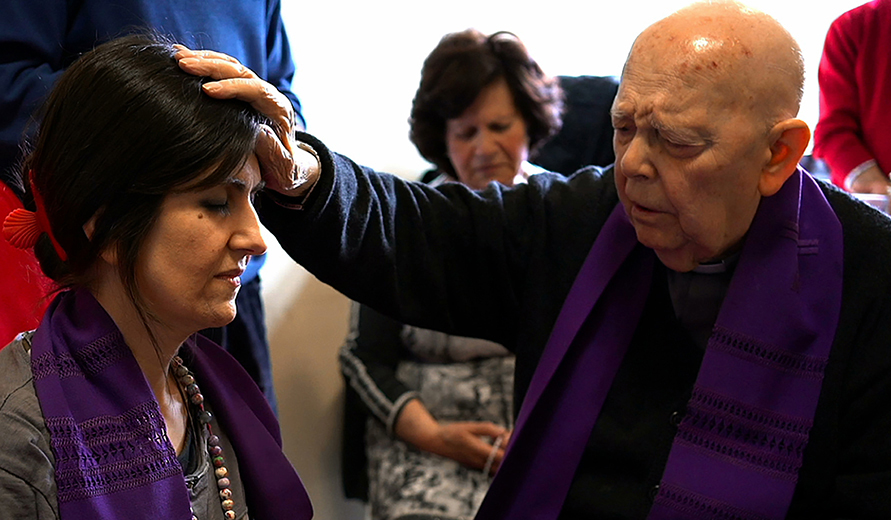- Feb 5, 2002
- 186,205
- 68,572
- Country
- United States
- Gender
- Female
- Faith
- Catholic
- Marital Status
- Married
- Politics
- US-Others
The Catechism of the Catholic Church says the following about exorcism and makes some distinctions: “When the Church asks publicly and authoritatively in the name of Jesus Christ that a person or object be protected against the power of the Evil One and withdrawn from his dominion, it is called exorcism. Jesus performed exorcisms and from him the Church has received the power and office of exorcizing. In a simple form, exorcism is performed at the celebration of Baptism. The solemn exorcism, called ‘a major exorcism,’ can be performed only by a priest and with the permission of the bishop. The priest must proceed with prudence, strictly observing the rules established by the Church…. Before an exorcism is performed, it is important to ascertain that one is dealing with the presence of the Evil One, and not an illness” (No. 1673). Thus a distinction is made between solemn (or a major) exorcism and minor exorcisms associated with sacraments and blessings. A major exorcism is performed only for one, who is demonstrably possessed by a demon or demons, and may only be performed by a priest the bishop has specially permitted to do so.
Demonologists distinguish three levels of demonic incursion. First, there is temptation, and this we all experience. Second, there is obsession (sometimes called oppression), when demons torment people physically, spiritually, mentally or emotionally, or some combination of these. Third, there is possession, wherein demons take physical possession of a person’s body and make use of its faculties. Possession is usually intermittent, almost never an uninterrupted possessing of the person’s body.
Continued below.

 www.simplycatholic.com
www.simplycatholic.com
Demonologists distinguish three levels of demonic incursion. First, there is temptation, and this we all experience. Second, there is obsession (sometimes called oppression), when demons torment people physically, spiritually, mentally or emotionally, or some combination of these. Third, there is possession, wherein demons take physical possession of a person’s body and make use of its faculties. Possession is usually intermittent, almost never an uninterrupted possessing of the person’s body.
Continued below.

Background on Exorcisms | Simply Catholic
The Catechism of the Catholic Church says the following about exorcism and makes some distinctions: “When the Church asks publicly and authoritatively in the name of Jesus Christ that a person or object be protected
 www.simplycatholic.com
www.simplycatholic.com
